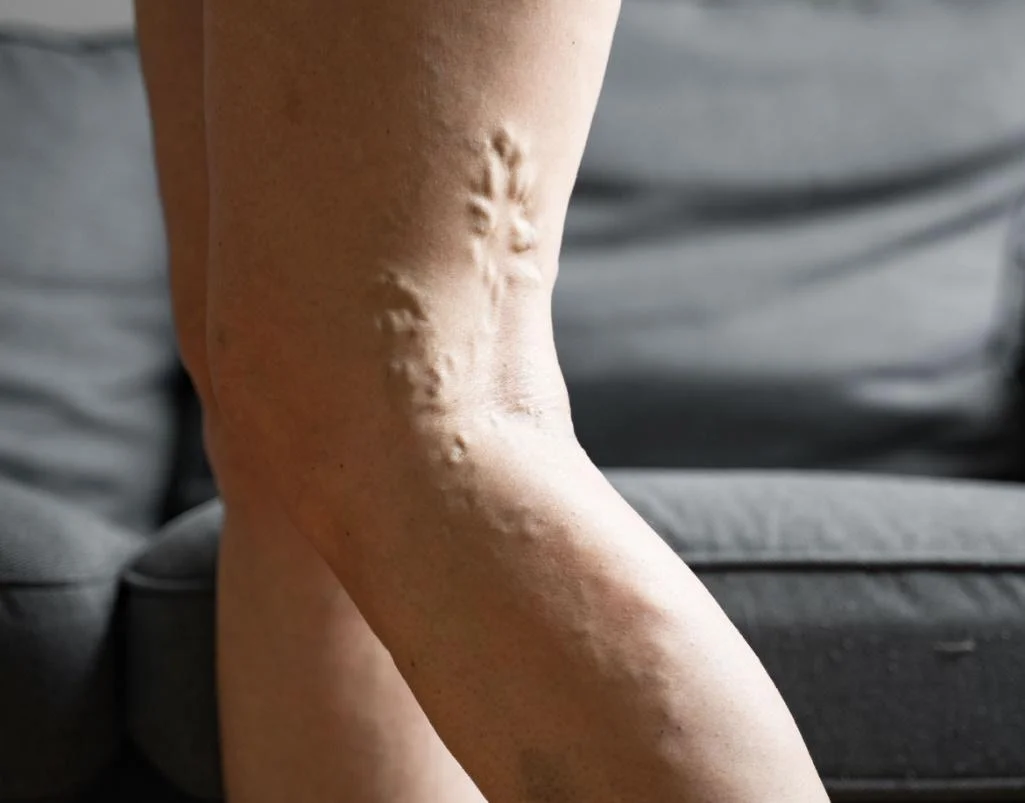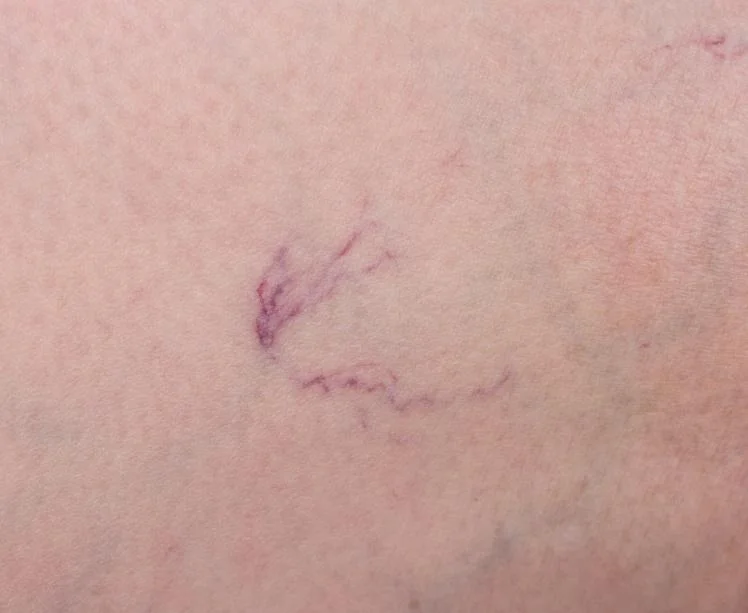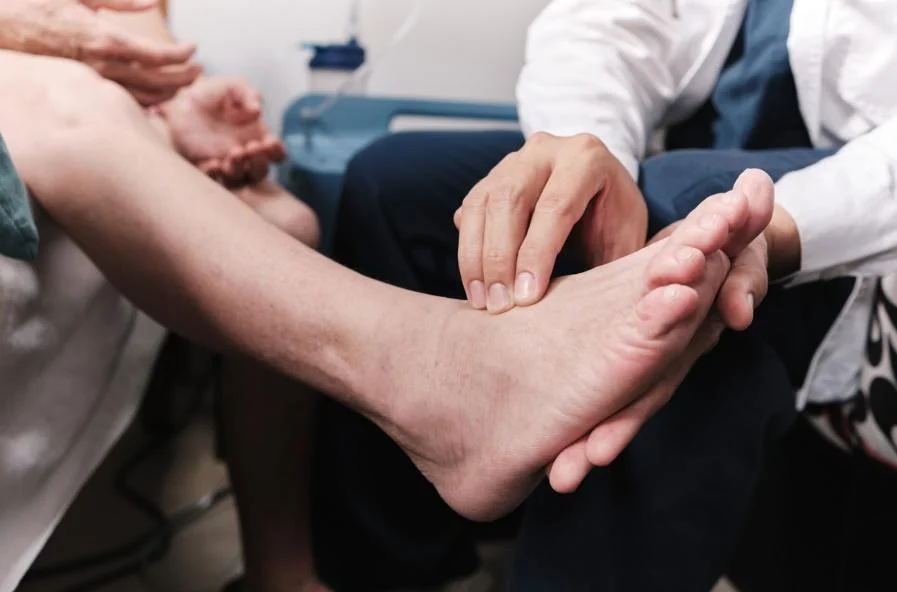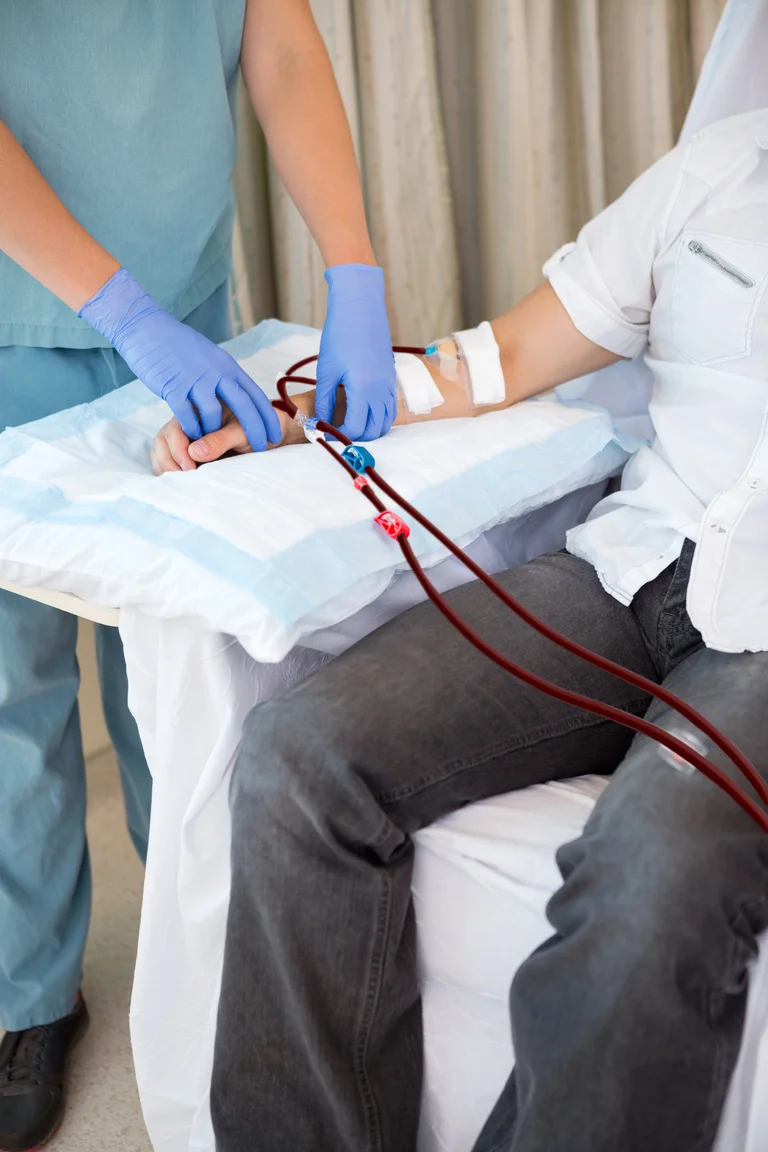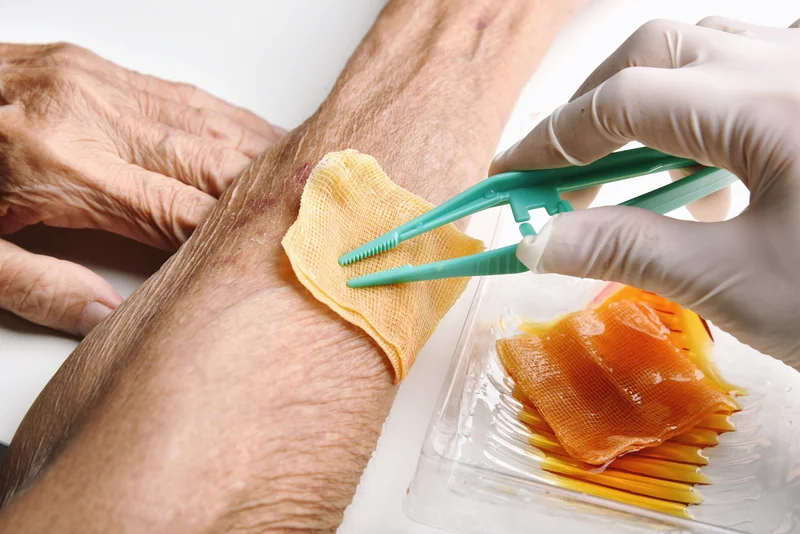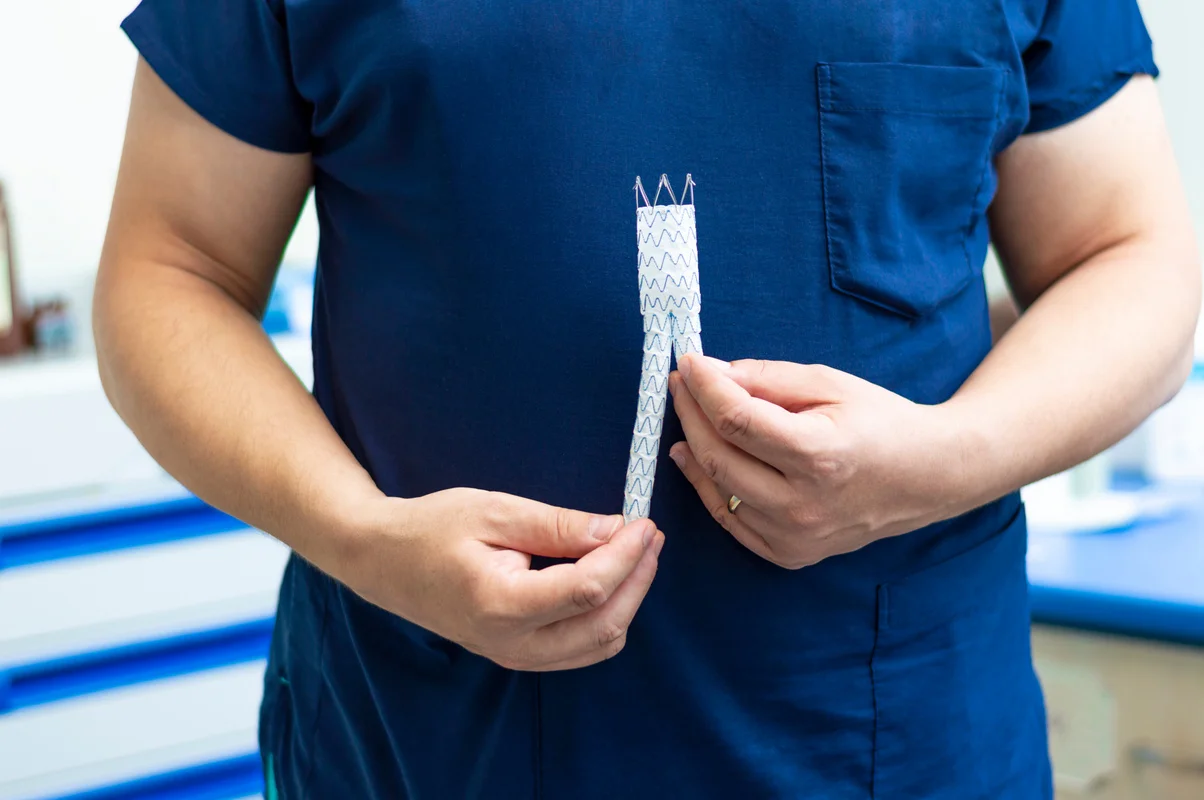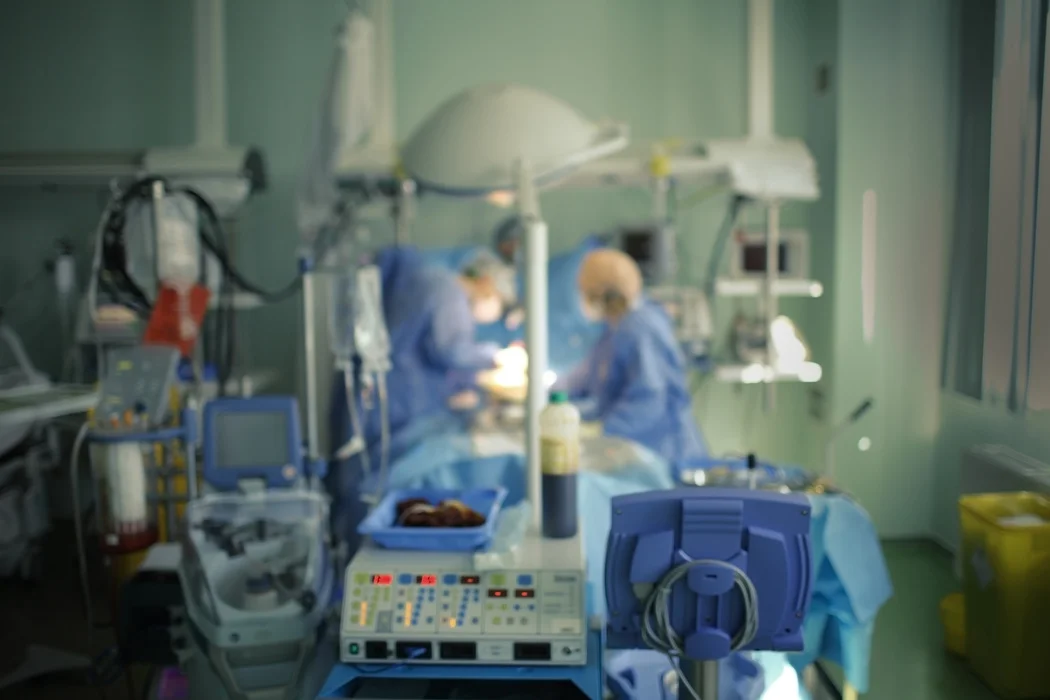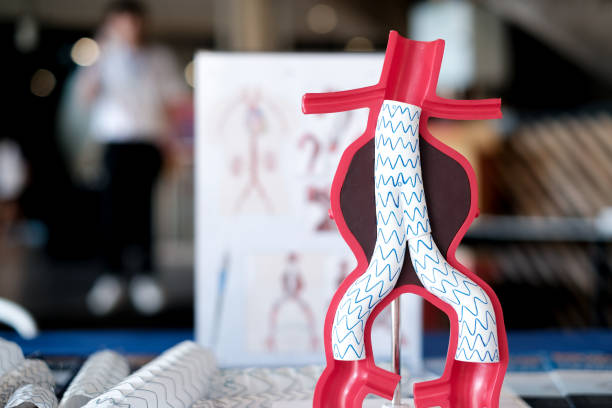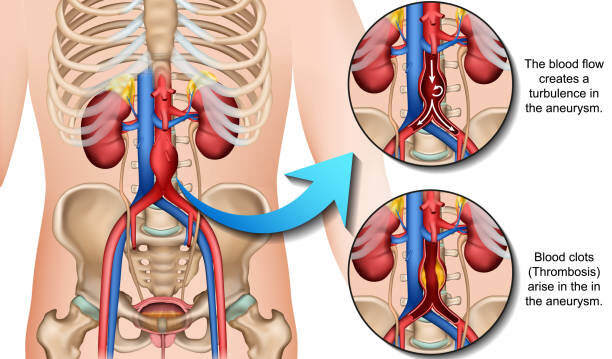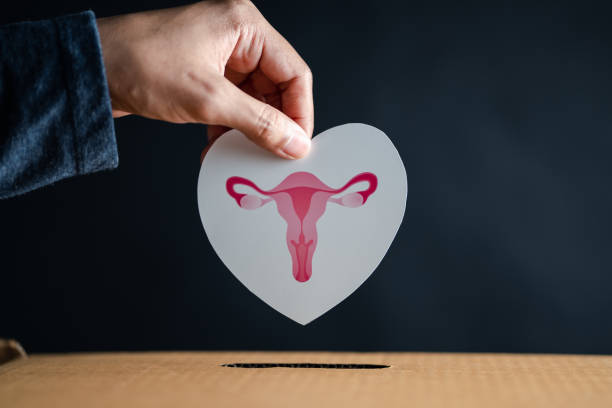Leg swelling, also known as edema, is a common symptom that can be caused by a variety of conditions, one of the most serious being peripheral vascular disease (PVD). PVD occurs when the arteries that supply blood to your limbs become narrowed or blocked due to plaque buildup, leading to reduced blood flow. This condition not only causes discomfort but can also signal underlying vascular issues that may require immediate medical attention. Understanding the causes and treatments for leg swelling in the context of PVD is crucial for managing your vascular health and preventing more severe complications.
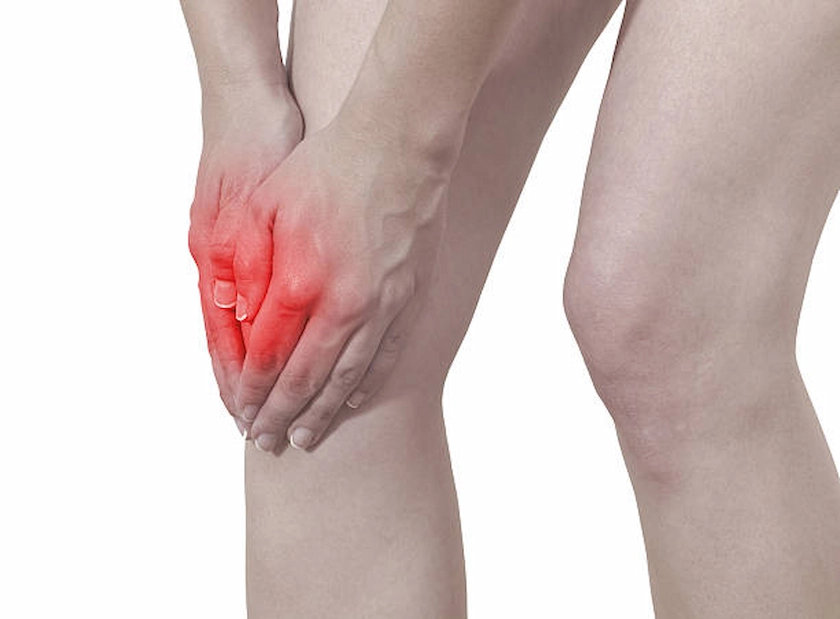
Understanding Peripheral Vascular Disease
Peripheral Vascular Disease is a circulatory condition characterized by narrowed arteries, which reduce blood flow to the limbs, most commonly the legs. PVD is typically caused by atherosclerosis, a condition where fatty deposits, or plaque, build up on the inner walls of the arteries, hardening and narrowing them. This reduced blood flow can lead to various symptoms, including leg pain when walking (claudication), numbness, and, importantly, swelling.
Leg swelling in PVD is often a result of the body’s inability to efficiently circulate blood back to the heart, leading to fluid buildup in the tissues. This symptom should not be ignored, as it can indicate worsening vascular health and increase the risk of severe complications, such as infections, ulcers, or even limb loss.
Causes of leg swelling in PVD
Several factors contribute to leg swelling in individuals with peripheral vascular disease:
- Poor Circulation: The primary cause of swelling in PVD is poor circulation. As the arteries narrow, blood flow to the lower extremities becomes restricted, causing blood to pool in the legs and feet. This pooling leads to increased pressure in the blood vessels, forcing fluid out of the veins and into the surrounding tissues, resulting in swelling.
- Venous Insufficiency: PVD can also be associated with chronic venous insufficiency (CVI), a condition where the veins in the legs are unable to effectively return blood to the heart. When veins fail, blood can back up in the legs, leading to swelling, pain, and varicose veins. CVI and PVD often coexist, compounding the symptoms and making management more challenging.
- Lymphatic System Dysfunction: In some cases, the swelling may be due to a compromised lymphatic system, which is responsible for draining excess fluid from tissues. When the lymphatic system is damaged or overwhelmed, as can happen in advanced PVD, fluid can accumulate in the legs, leading to swelling.
- Inactivity: Reduced mobility, whether due to pain from PVD or other factors, can also contribute to swelling. When you’re less active, the muscles in your legs don’t pump blood back to the heart as effectively, causing blood to pool and fluids to build up.
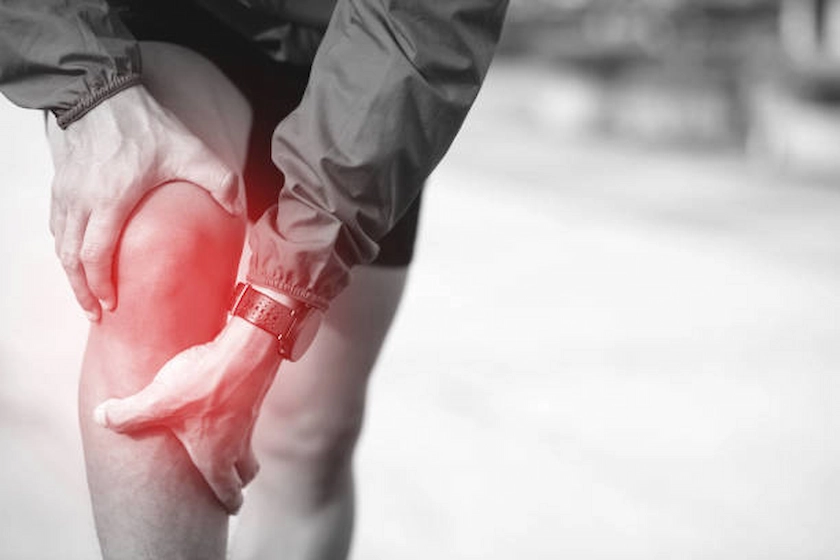
Diagnosing the Cause of Leg Swelling
A proper diagnosis is key to determining the cause of leg swelling and tailoring an effective treatment plan. If you experience persistent leg swelling, especially if it’s accompanied by pain, numbness, or changes in skin color, it’s essential to seek medical attention.
Your healthcare provider will likely perform a physical examination and may order tests such as:
- Ankle-Brachial Index (ABI): This test compares the blood pressure in your ankle with the blood pressure in your arm to detect any blockages in the arteries.
- Doppler Ultrasound: This imaging test uses sound waves to visualize blood flow in the arteries and veins, helping to identify any obstructions or valve failures.
- Venography or lymphangiography: These imaging tests can help assess the condition of your veins and lymphatic system, respectively.
Early diagnosis of PVD and any related conditions is crucial for effective treatment and the prevention of serious complications.
Treatments for leg swelling in PVD
Treating leg swelling in the context of peripheral vascular disease involves addressing both the underlying cause and the symptoms. Here are some common treatment strategies:
- Lifestyle Modifications: One of the first steps in managing PVD and reducing leg swelling is making lifestyle changes. Quitting smoking, eating a healthy diet, maintaining a healthy weight, and exercising regularly can help improve circulation and reduce symptoms. Regular walking, for example, encourages blood flow and can help reduce swelling.
- Medications: Your doctor may prescribe medications to manage the symptoms of PVD and reduce swelling. These may include antiplatelet drugs to prevent blood clots, cholesterol-lowering medications, and drugs to improve blood flow. Diuretics, which help remove excess fluid from the body, may also be prescribed to reduce swelling.
- Compression Therapy: Wearing compression stockings can help reduce swelling by applying pressure to the legs, encouraging blood flow back to the heart. This can be particularly effective for patients with coexisting venous insufficiencies.
- Interventional Procedures: In more severe cases of PVD, where lifestyle changes and medications are not sufficient, interventional procedures may be necessary. Angioplasty, for example, involves using a balloon to open up narrowed arteries, while stenting can help keep the artery open. These procedures can improve blood flow and reduce swelling.
- Surgical Options: In cases where PVD is advanced, surgical interventions such as bypass surgery may be required to create a new pathway for blood flow around a blocked artery.
To explore more on how these treatments can be applied specifically to your condition, learn about our vascular care solutions that are tailored to meet each patient’s unique needs.
At Risk of Peripheral Vascular Disease?
PVD can progress silently until serious symptoms appear. Early detection and proper care can help preserve mobility and save limbs.

Conclusion
Leg swelling is a common but serious symptom of peripheral vascular disease that should not be overlooked. Understanding the causes and treatments for this condition is essential for managing your vascular health and preventing further complications. If you’re experiencing leg swelling, it’s important to seek medical advice promptly to determine the cause and begin appropriate treatment.
Managing PVD effectively requires a comprehensive approach, including lifestyle modifications, medical therapy, and potentially interventional procedures. For more insights into managing PVD and related symptoms, consider our comprehensive vascular treatment options that focus on improving long-term outcomes and quality of life.
Your vascular health is critical to your overall well-being, and with the right care, you can manage PVD and reduce symptoms like leg swelling, allowing you to lead a healthier, more active life.


